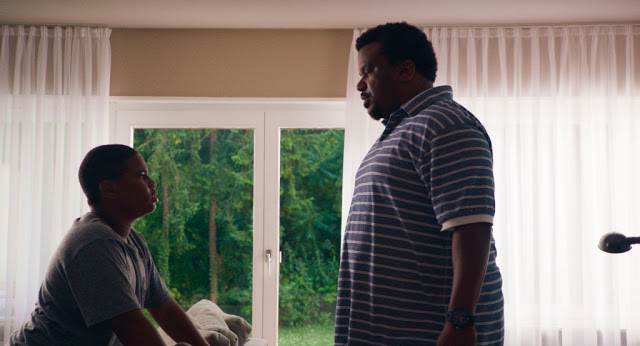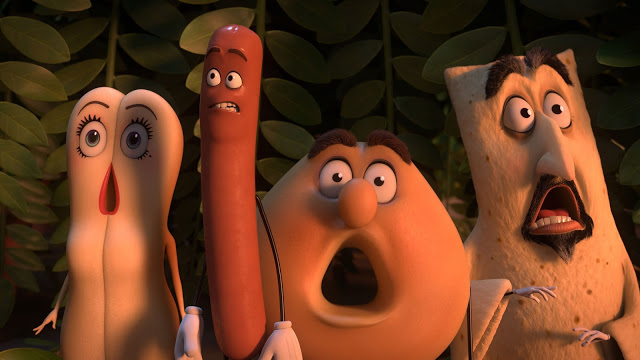The Girl on the Train: Three Women’s Lives, Going off the Rails
The key test for any whodunit is whether it would still be compelling if you already knew the answer. Sure, the closing reveal in Psycho is legendary, but that shower scene is terrifying regardless of the identity of that knife-wielding woman. (For a more recent example, the least interesting element of The Night Of was the (apparent) confirmation of the actual murderer; the show was far more powerful as a tragic character study and a virulent examination of our justice system.) The “who” in “whodunit” is secondary—what really matters is the how and, more importantly, the why. With one singular exception, The Girl on the Train fails this test. It is so preoccupied with drawing out its central mystery that it never invests that mystery with any real resonance. As a result, its ultimate resolution is unlikely to inspire anything beyond the simple recognition of, “Oh, that’s who done it.”
This is especially curious, given that the majority of this film’s viewers will enter the theater already armed with the answer to its central question. Directed by Tate Taylor (The Help) from a screenplay by Erin Cressida Wilson, The Girl on the Train is based on the best-selling novel by Paula Hawkins, a book that scratched the melodramatic itch of millions of fans of suspense literature, whether railway commuters or otherwise. Given that Taylor can’t pull the rug out from under the feet of readers who have already fallen to the floor, you might think that he would attempt to create a different hook. Instead, he appears to have faithfully—at times ploddingly, at times bracingly—transmuted the novel to the screen, fashioning the film as a persistent guessing game. The Girl on the Train functions as a sort of murderous Whack-a-Mole: Everybody is a suspect, no one can be trusted, and as soon as you peg one character as the culprit, another more likely candidate pops up. Was it the wife? The shrink? The guy in the suit (who is literally credited as “Man in the Suit”)? Who knows? Read More





